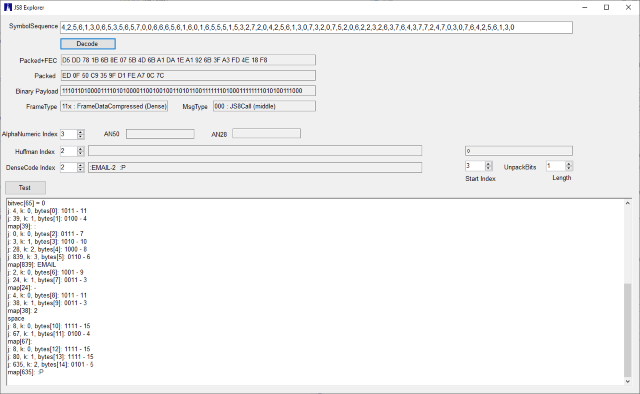I still haven’t done a full evaluation of the QRP Labs QDX transceiver, but I did run a quick check of the receiver performance, comparing it to the Icom IC-7200 (which also has a native USB interface for audio and CAT control):
 Here you see two instances of WSJTX, running FT8 on 20 meters. My off-center-dipole was connected to a coax TEE, feeding both the QDX and the 7200. No effort was made to match impedances, but since both radios are getting an identical signal that should be good enough for a comparison. Obviously the transmitters were not activated during this test.
Here you see two instances of WSJTX, running FT8 on 20 meters. My off-center-dipole was connected to a coax TEE, feeding both the QDX and the 7200. No effort was made to match impedances, but since both radios are getting an identical signal that should be good enough for a comparison. Obviously the transmitters were not activated during this test.
I let the programs run for fifteen minutes and then compared the logfiles. The7200 logged 524 decodes, while the QDX logged 530. The Signal/Noise ratio was generally the same, with the QDX showing one or two dB improvement on the stronger signals. These small differences may be due to the AGC or the slightly narrower filters on the Icom rig.
This test was done if a fairly quiet location, with no nearby strong signals.
Conclusion: So far, the QDX receiver is a good performer.
